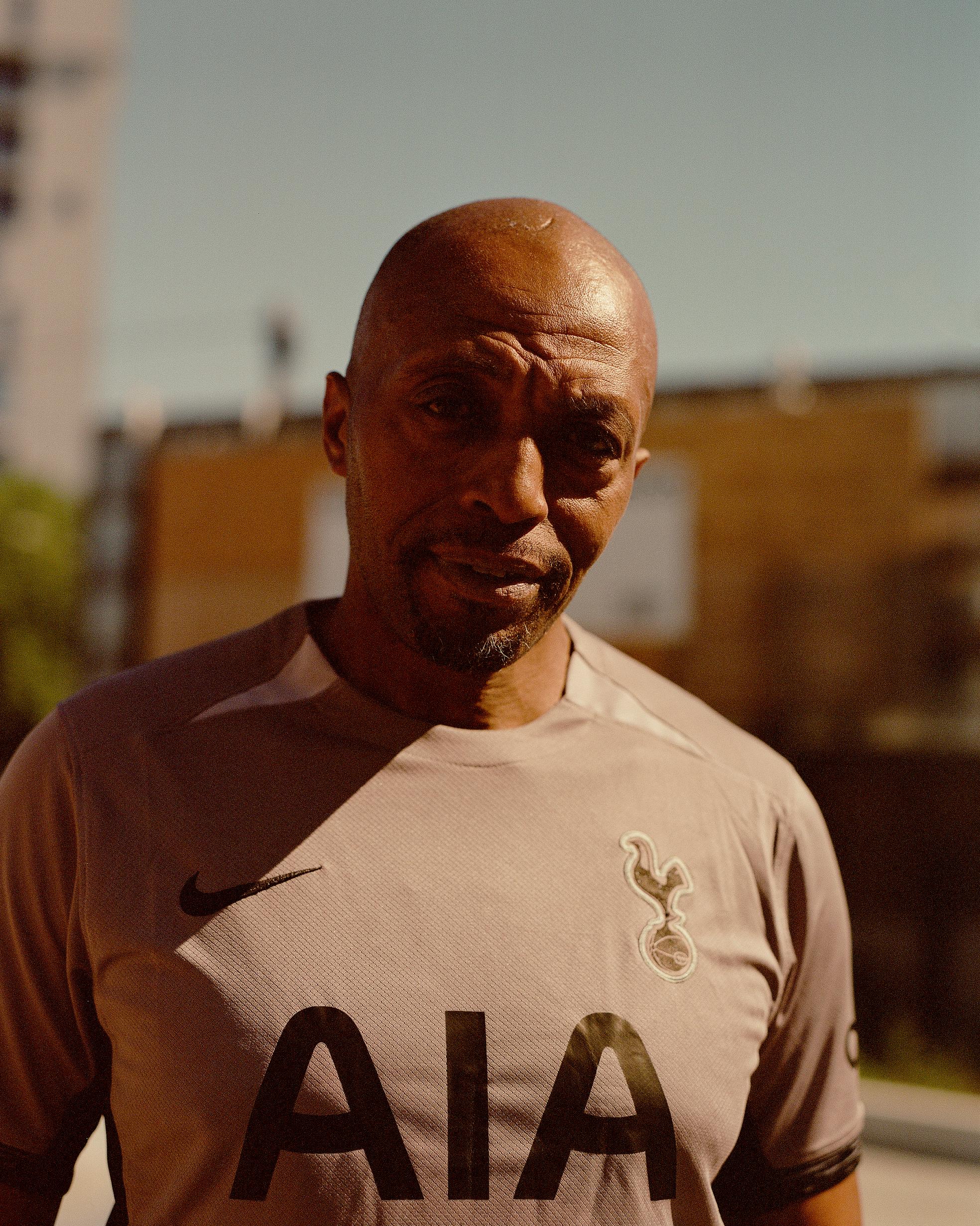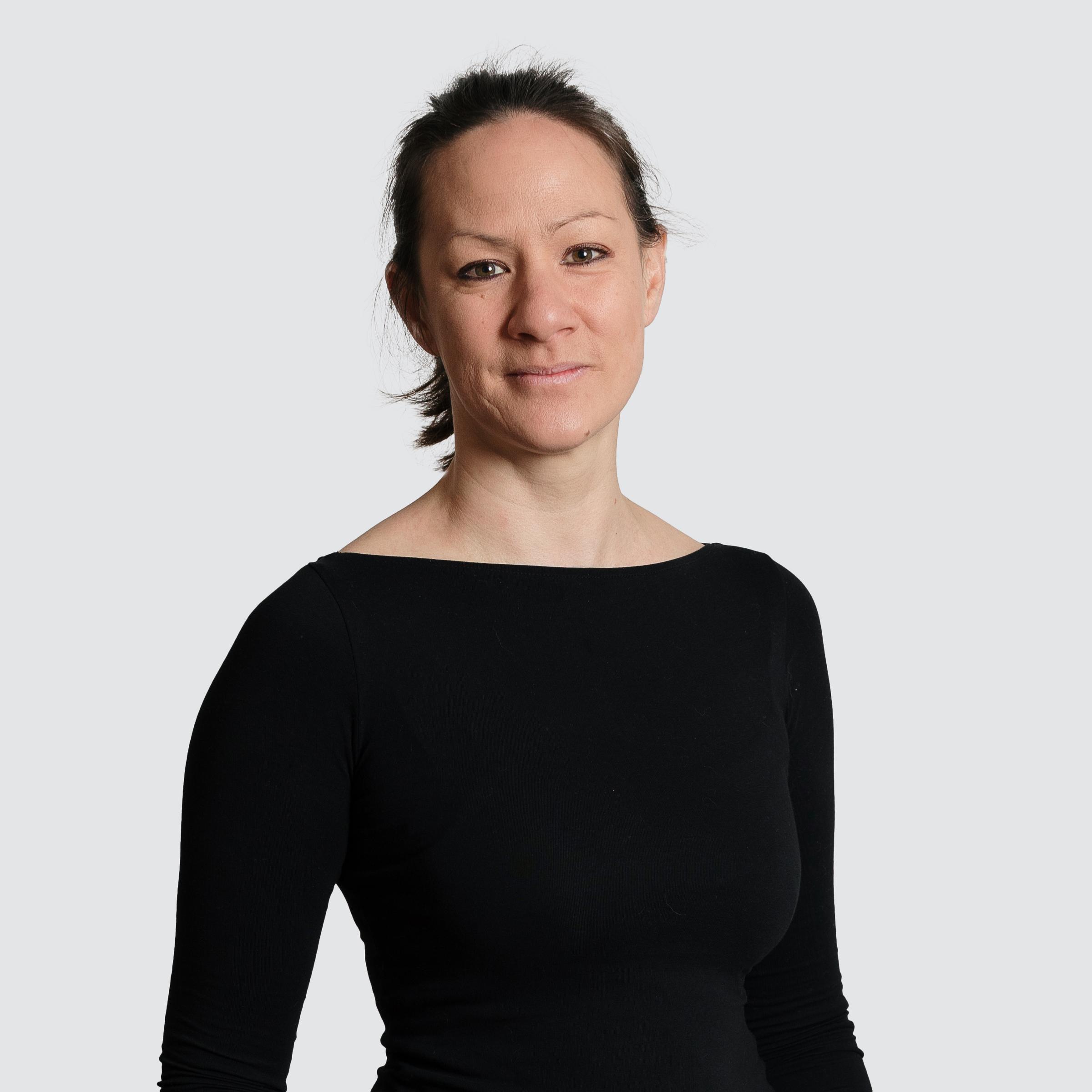Why JRF takes a participatory, justice-led approach to policy design
Diversity and disruption lead to democracy, that’s what we learned when we tried changing the usual dynamic in a team creating solutions for in-work poverty.
At JRF we're taking a participatory, justice-led approach to our policy design. We know that diversity and disruption foster democracy. And we discovered this by changing the conventional dynamics within a team addressing in-work poverty solutions. Diversity, disruption and democracy are the backbone to our design and development work. Here's what we've learnt.
Diversity leads to good design
Our personal experiences shape our world view, which shapes how we define problems, and the solutions we design. Teams made up of people who have the same background, education and life experience will experience ‘group-think’ (everyone understanding the world in the same way). This does not lead to good design, instead it leads to design based on what can often be fairly privileged experiences. It results in similar diagnoses of problems and similar solutions put forward. Matthew Syed outlines this persuasively in his book, Rebel Ideas.
We all make assumptions, and we all have unconscious bias. All of us, I do, everyone does. We must actively challenge ourselves on this. This bias leads to blind spots (things we don’t see or think about) and ultimately less effective design, whether that is design of services or design of policies.
As professionals we have the privilege of making decisions on what is most important to prioritise and amplify. Sasha Costanza-Chock powerfully draws our attention to this in ‘Design Justice, Community-Led Practices to Build the Worlds We Need’. We must question the voices and democratic processes within our own institutions and organisations, and acknowledge the power that we hold.
There is a huge amount of work to be done on diversifying the make-up of the policy and campaigns sector but in the meantime, we can be intentional about how we design and who we include as definers of problems and designers of solutions.
Teamwork makes the dream work, as long as that team’s diverse!
We were developing solutions to in-work poverty and decided to flip the usual dynamic. We experimented with a diverse team of different JRF specialists who brought learned experience, alongside people who brought lived experience. We also brought in other relevant perspectives, those of practitioners and employers, because- whatever we recommended had to work from their perspectives as well.
We worked as a team together to combine the different perspectives/knowledge bases and world views we had, to shine a different light on the problem, coming up with a different analysis of it, and different recommendations and solutions.
This is about designing things grounded in the real world of people living these realities, people on the ground trying to help, and people on the receiving end of that help. It means bringing people and their different perspectives in as active participants in the design process.
Disruption is foundational to good design
So what do I mean by ‘active’ participants? A key lesson was the importance of committing to sharing power. Unless there is a commitment to design the process in a way where everyone is an active part of the design team and gets an equal say on the decisions made, disruption will not occur. It requires the intentional and purposeful design of disruption into the process.
You can gain insight from a focus group / series of interviews / ethnographic research, but if the design of questions in that interview / focus group and subsequent analysis remains in the power of a group of people who lack diversity in their understanding of the world and the issue — we end up in similar places. There is no disruption.
Our practice is based on bringing together different perspectives, different understandings and different experiences. This is then deliberated on as a team looking at all sides of the problem, and all sides of the proposed solutions, from different perspectives before making informed, deliberative decisions as a team together.
You can read more about our practice in this blog about our Carers Co-Design Project.
Diversity and Disruption leads to a stronger Democracy
Coming back to the point about diversity within the sector, in September last year KPMG published its socio-economic background pay gaps and set itself a goal of having 29% working-class representation within its partners and Directors by 2030.
Ofcom publish an annual Diversity and Equal Opportunities in Television report which holds the industry to account on how diverse and inclusive it is, including measuring social background including family background and where employees were educated.
The charity sector has done work on gender, race, sexual orientation and disability but I’ve seen little on measuring:
a) the socio-economic background of people who make up the sector and
b) where people have been educated. More on that in this ThirdSector article.
It is not included in the Equality Act and therefore, for the most part isn’t even measured. This is particularly problematic when working on the issue of poverty. You can read more on that from Roger Harding and the brilliant Reclaim.
Given that lobbying and influencing Government on social issues is mainly carried out by those who are lucky enough to work professionally in this sector this leads us to question what impact this has on democratic processes. Whose voices are heard in these influencing processes? Who has the power of deciding what gets heard?
On the whole, does the sector feel that we need to be accountable to the communities that we serve? Do we ensure that those communities get a voice on the issues that we campaign or develop policy solutions for?
In this sense we are still operating in a deeply unconscious way. Doing things to people based on often limited world views and having the privilege of deciding, out of everything, what the most important thing to focus on is.
JRF are acutely conscious of this, which is why as well as looking at our own internal recruitment processes we are experimenting with embedding processes that try to fill this gap. For all the reasons set out, and more.
Frustratingly, it’s not enough. It feels like it will never be enough, but we’re in it for the long haul. Social change does not come easy or quickly, these are just small steps towards it, learning, always learning, as we go through embedding continual reflective practice. We’re not perfect, but there is a commitment to keep trying and learning as we do.

This idea is part of the power and participation topic.
Find out more about our work in this area.
